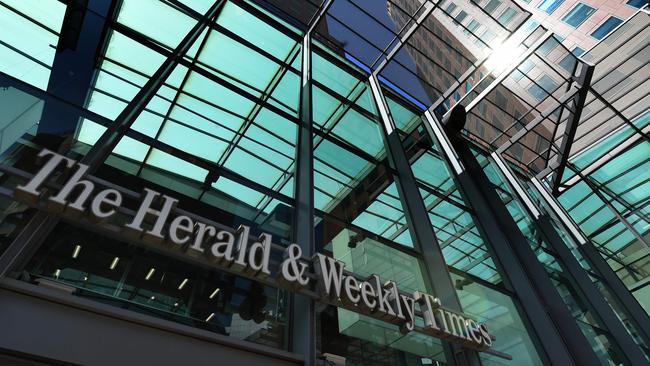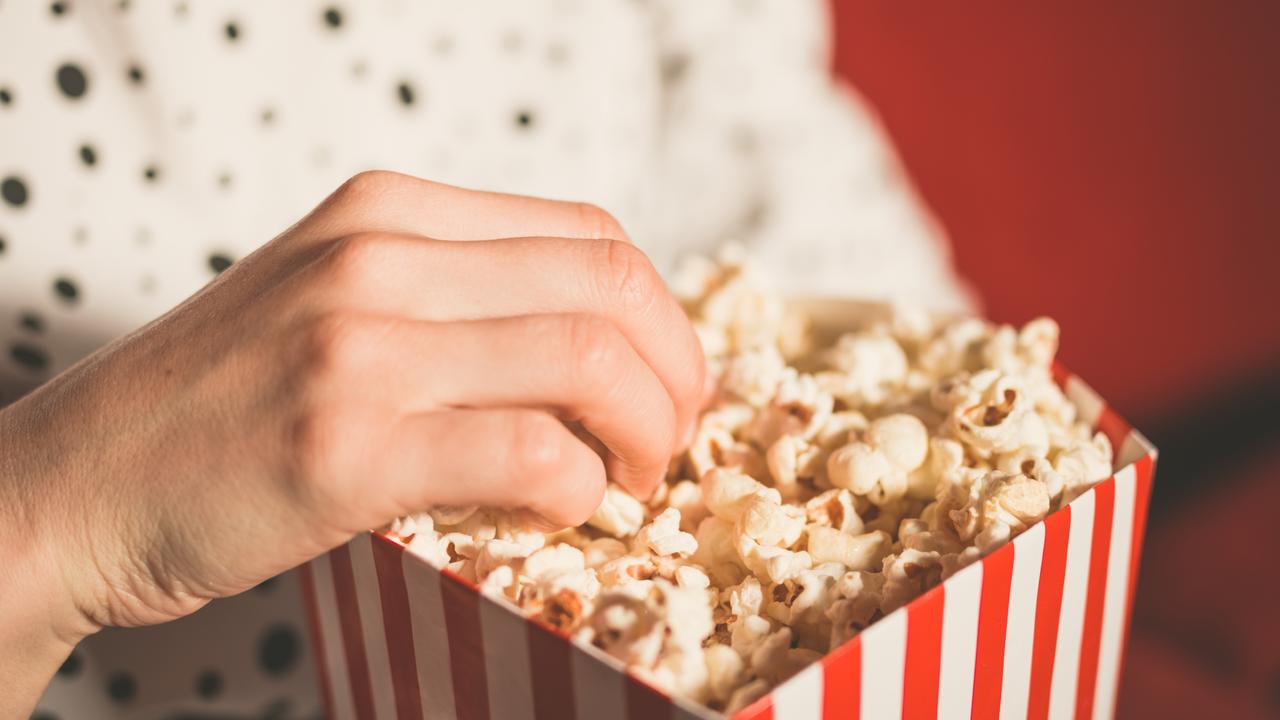Lazy research is an insult to the Herald Sun’s female journalists
How would a respected team backed by a well-known university go about researching the number of female reporters working in a newsroom? By actually counting them? Not even close, writes Susie O’Brien.
Susie O'Brien
Don't miss out on the headlines from Susie O'Brien. Followed categories will be added to My News.
The “girl gang” at the Herald Sun disagrees on many things. The best place to get sushi. The utility of feminism. The worth of Married At First Sight.
But we agree on one thing. Women aren’t missing from this newsroom; we’re nearly the majority. So how did a piece of research from a well-respected team backed by a well-known university conclude that only 14 per cent of journalists at the Herald Sun are women?
READ MORE:
THE WOMEN BEHIND VICTORIA’S LEGAL SYSTEM
IS EQUALITY FOR FEMALE CEOS DECADES AWAY?
That was the finding from the 2019 Women for Media Report, You can’t be what you can’t see, by the Women’s Leadership Institute Australia.
It was written by Jenna Price and Anne Maree Payne, assisted by researchers from the University of Technology, Sydney.
Price, I should note, is a columnist from a rival media outlet.
The report concluded that “women are missing” from media organisations, and names the Herald Sun as the outlet with the lowest number of females.

“We can see, from this snapshot, exactly where we have problems,” Price tweeted pointedly. This research is the problem, not the Herald Sun.
Price and her team relied on flawed research to support a predetermined conclusion about our newsroom. Instead of doing their analysis based on an assessment of staffing, they counted the bylines on about 45 stories from our website — a tiny proportion of the thousands of stories published every month.
For 15 digital news outlets, including the Herald Sun, they looked at the five top stories on four consecutive Thursdays from noon to 2pm last October.
Then in February 2019, they looked at the top five top opinion pieces across each site from Tuesday to Saturday from noon to 2pm.

Then they took this random and tiny sample as hard evidence that the “representation of female journalists credited as authors across our news data set ranged from a low of 14 per cent at the Herald Sun to a high of 70 per cent on BuzzFeed”.
Authorship of a handful of articles can’t offer an accurate staffing profile of a big media outlet.
Yet the report states the “data provide a snapshot indicating the gender representation across a number of indicators for each news site analysed”.
But they admit: “We can’t tell you exactly the gender split in the newsrooms which produced these news stories.”
A look around the Herald Sun newsroom — not to mention a look through any of our news platforms — shows that is not the case.
A vague, unscientific snapshot of a few dozen articles is not rigorous research. I’ve got a PhD and I know a thing or two about research (just don’t ask me about my thesis which was on postmodern feminism because, 20 years later, I can’t understand a word I wrote).
Price and the University of Technology, Sydney researchers didn’t include pieces with no bylines, which would have further skewed the results.
They also counted opinion writers as journalists when anyone who has worked in a newsroom knows that can’t be assumed.
In fact, the opinion pages are more likely than any other section to be filled by outside experts and non-journalists. How could Price have missed that key fact?
And they didn’t bother to ring anyone at the Herald Sun to check on the accuracy of their figures.

Another conclusion further illustrates the flaws: the report says 100 per cent of the sources cited by female journalists at the Herald Sun were male.
It may have been the case for the few articles they looked at, but to present that as an institution-wide finding is ludicrous and embarrassing coming from university researchers.
One hour later or one day later and the result could be the opposite.
It’s a pity because we need more analysis and research about the representation of women in the media. The report is right that “you can’t be what you can’t see”. But all I see is shoddy research and biased conclusions.
Such flawed methodology is handy ammunition for those objecting to any kind of feminist gender agenda. It is no help at all to those of us who care about gender issues.
The report concluded that “we read stories about men, by men”.
Not at the Herald Sun. There’s always more to be done, but I’m proud to be a prominent female columnist and one of the 43 per cent of this newsroom’s staff who are female.
— Susie O’Brien is a Herald Sun columnist


